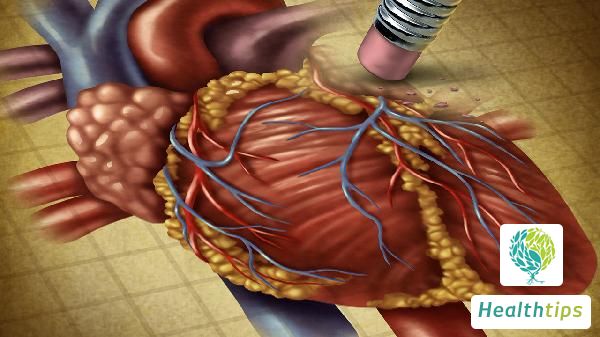Is a deep line and a light line on a pregnancy test an indication of pregnancy?
If the early pregnancy test strip shows one deep line and one shallow line, it indicates pregnancy. The early pregnancy test strip is also a common method for women to detect pregnancy. If your menstrual cycle is normal, and there is a delay in menstruation and other early pregnancy reactions, it is recommended to use the early pregnancy test strip for checking. If the early pregnancy test strip detects pregnancy, it is recommended to go to the hospital for blood tests promptly, which can more accurately determine whether a woman is pregnant or not.

The early pregnancy test strip is a common method for women to self-check whether they are pregnant. When women experience delayed menstruation or obvious early pregnancy reactions, they can use the early pregnancy test strip for detection. The principle of the early pregnancy test strip for women is that when a woman is pregnant, human chorionic gonadotropin will appear in the urine. This hormone is a specific indicator of pregnancy, and it only appears in a woman's body under pregnancy conditions. This hormone in the urine can react chemically with the antibodies in the early pregnancy test strip, which will make the strip show two lines. Sometimes both lines are deep, and sometimes one line is deep and the other is shallow. Both cases indicate that the woman is pregnant. However, the early pregnancy test strip is only a rough test, and further blood tests are needed to determine whether a woman is pregnant or not.
Early pregnancy reactions generally manifest as nausea, vomiting, acid reflux, fatigue, drowsiness, preference for acidic foods, and other symptoms. In addition, due to uterine enlargement in the early stages of pregnancy, it can also cause frequent urination, urgency, breast tenderness, darkened areola color, and Montgomery's tubercles around the nipple.



















